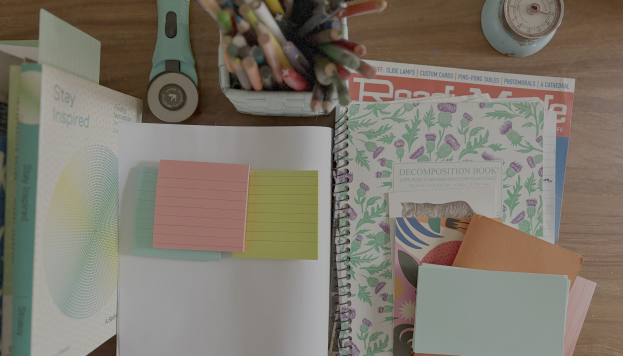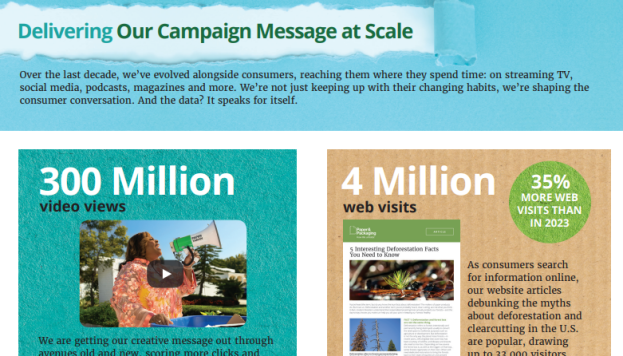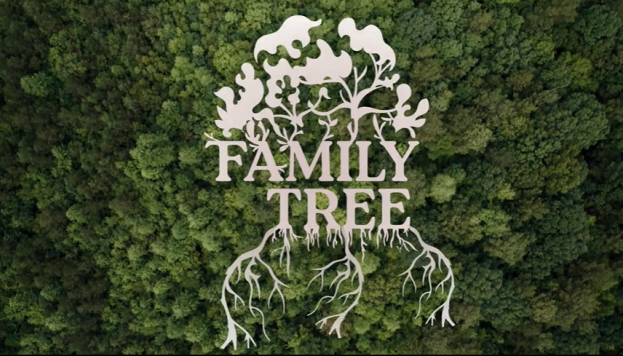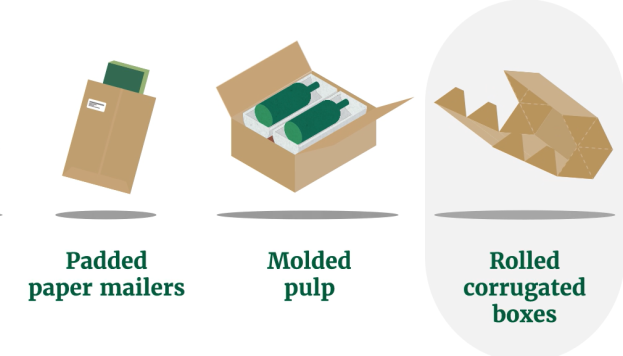Paper: The Original “Circular Economy”
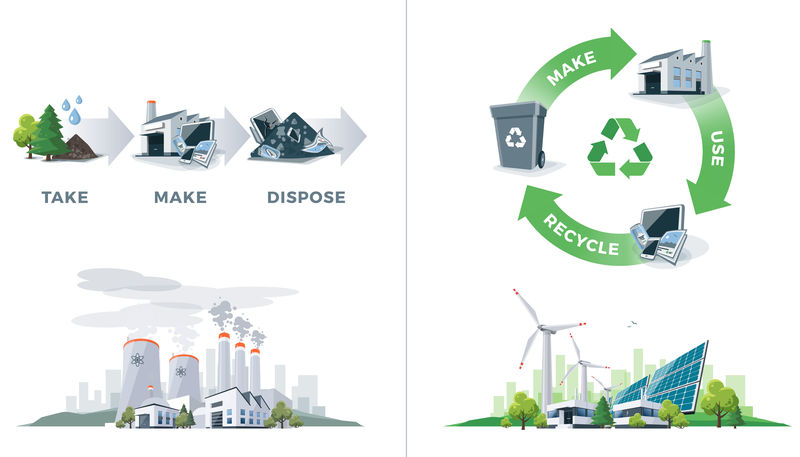
Our friends at Two Sides, a non-profit dedicated to promoting paper’s sustainability and debunking the myth that digital is greener, recently posted a thought-provoking piece about the “circular economy,” driven by recycling and reuse of raw materials, in contrast with the “linear economies” that continue to persist in many sectors. The idea of the circular economy is fairly recent, working its way down from academic literature to the business and policy making worlds in just the last few decades. However, as the Two Sides post rightly points out, paper and paper-based products have been part of the “circular economy” for just about as long as people have had a phrase for it.
The fiber in paper is one of the precious few natural resources of which it can be said that companies are helping make more of each year than they use in their products. Paper is also the poster child (forgive the pun) for recyclability, with impressive (and often world-leading) recovery rates. And increasingly, the paper products industry is powering itself with self-generated, renewable energy.
It’s worth keeping all of this in mind in our present moment, when there are more news stories about temporary challenges facing some recycling markets, and leading consumer brands are being pressed by activist-driven initiatives to make their products more recyclable.
The reality is that according to the most recent data, fully 96 percent of Americans have access to community-based paper recycling options. And, our industry continues to work with brands to provide sustainable products that also deliver on consumer’s quality expectations. That’s a big part of the reason why recovery rates for paper-based products — especially corrugated packaging that is vital to emerging trends like the growth of e-commerce — have set records in recent years. So, like Two Sides, we want to take a moment to appreciate how right for the times paper and paper-based packaging are given its status as one of the most recyclable, reusable and renewable materials on Earth.
